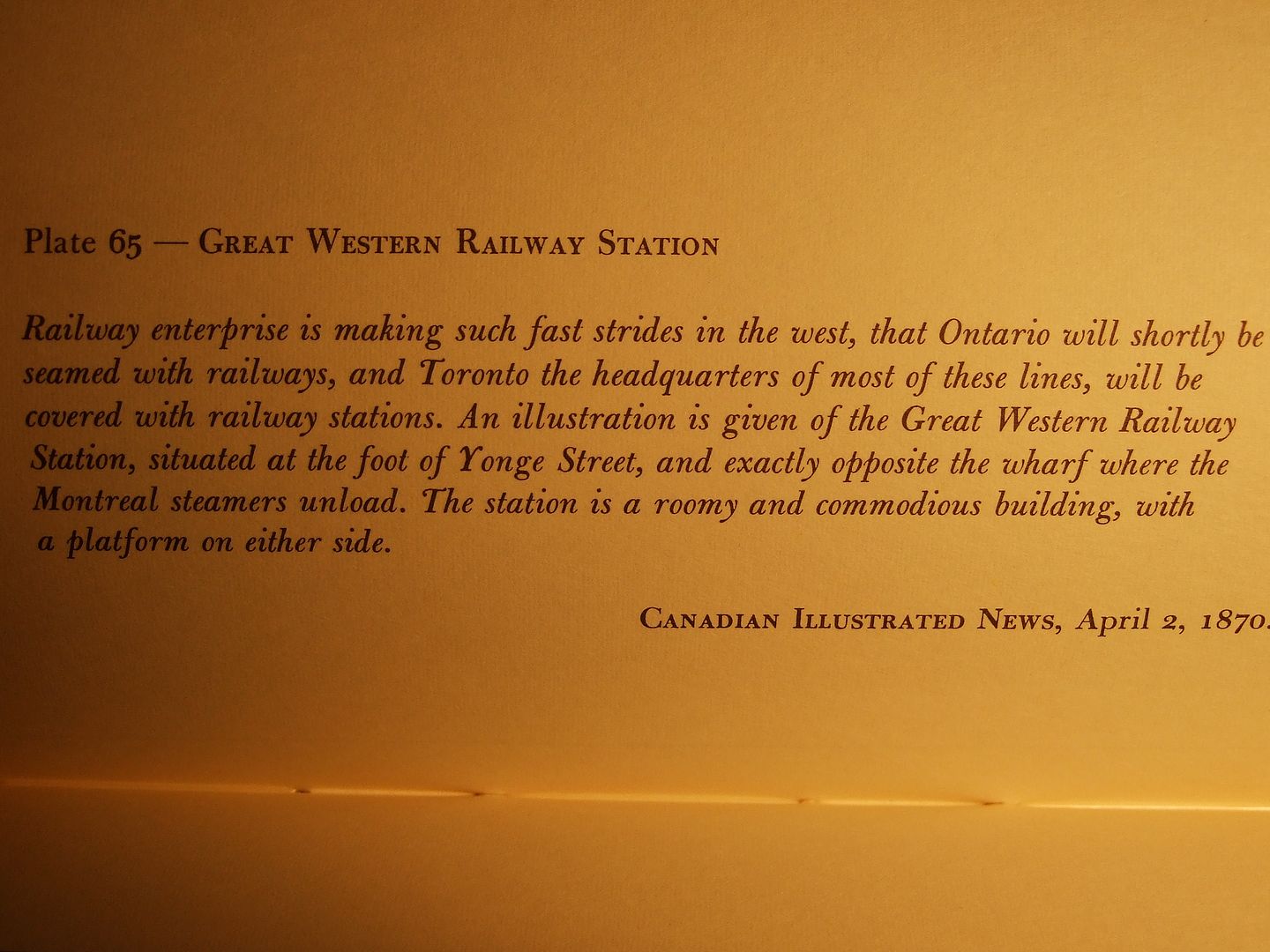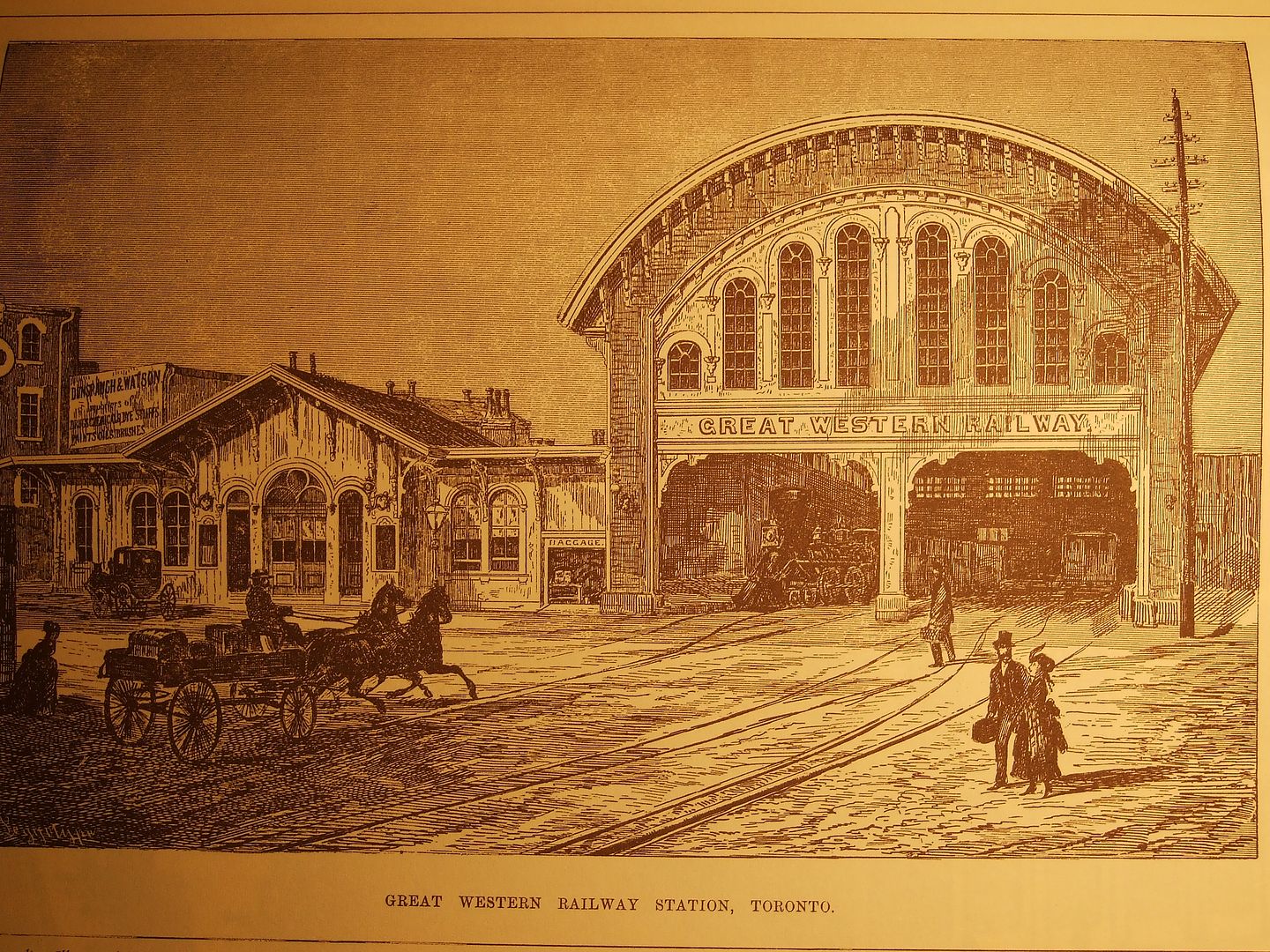thecharioteer
Senior Member
A few more pics from the Toronto Archives:

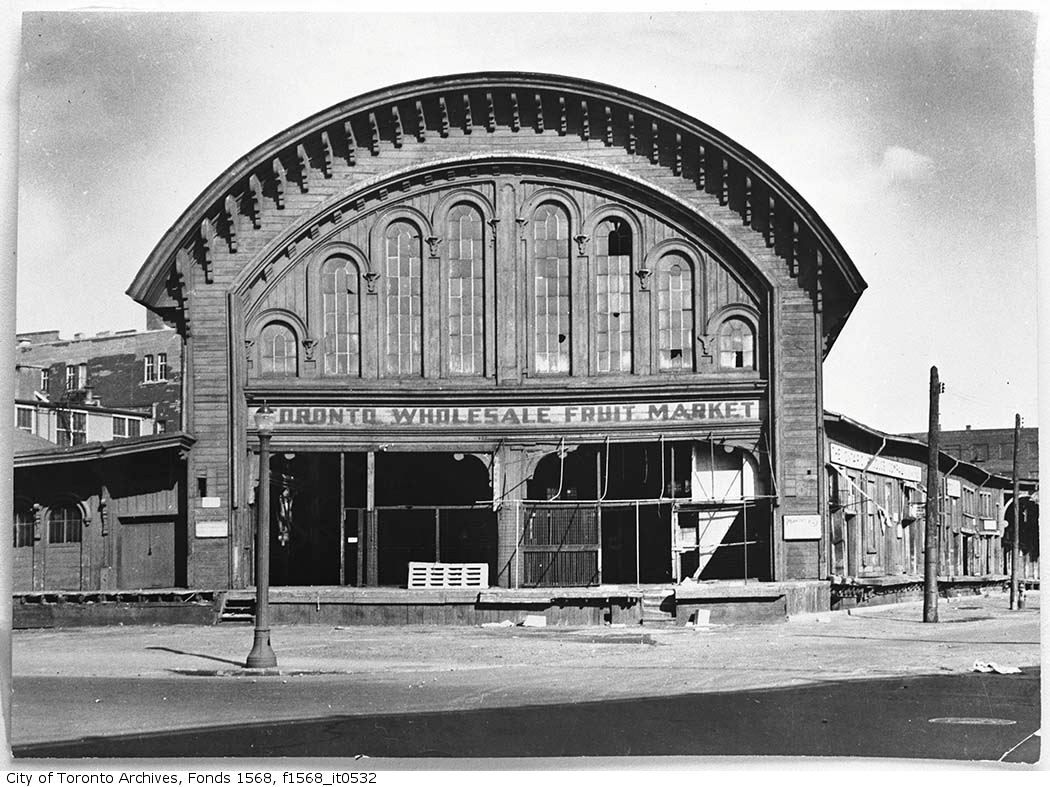
1931:
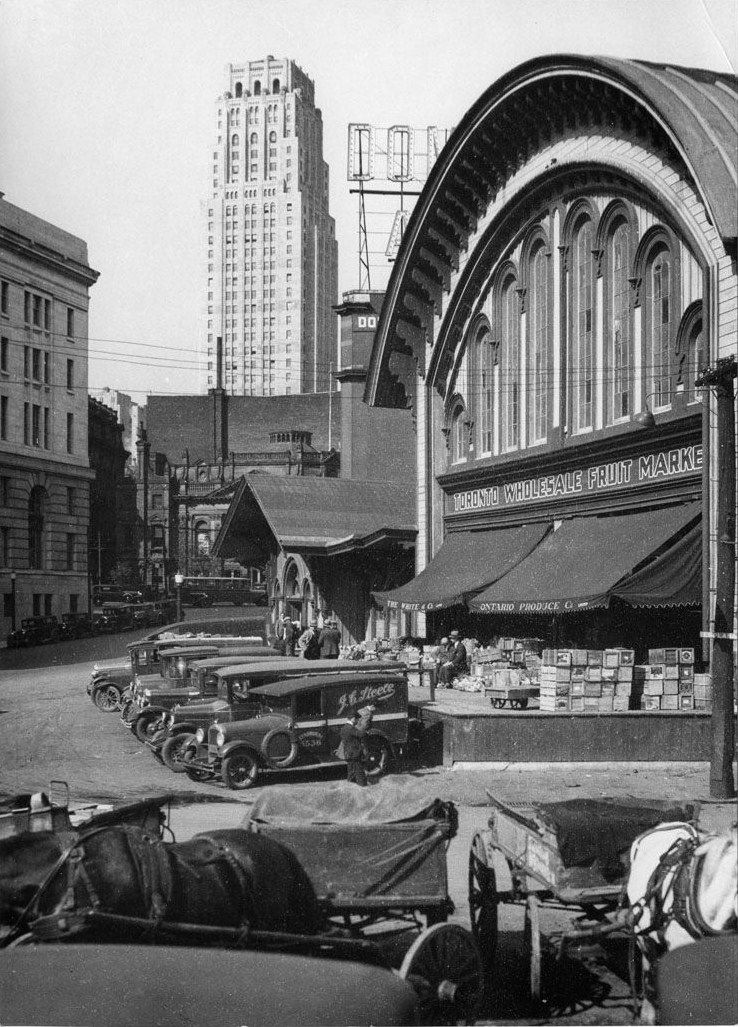
From the Toronto Star Archves 1949:
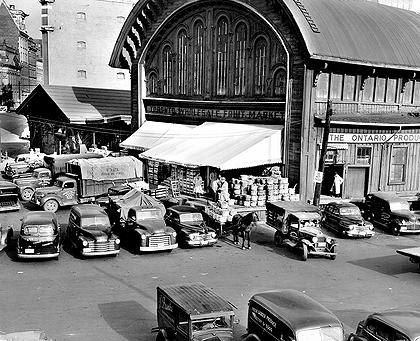
Caption: 1987 caption: Can you hear the train whistle? When the photographer aimed his camera at this wholesale fruit and vegetable market one clear day in October, 1949, he could not know that he looked at the future site of the O'Keefe Centre nor that a bit north of there the Esplanade would be crowded with handsome sidewalk cafes. The building, once an impressive railway station, was a freight office after 1882, leased by the CNR to the fruit wholesalers in 1900. Last Published: 5/10/1987
Release: NOT RELEASED
Photographer: Toronto Star Archives/GetStock.com


1931:

From the Toronto Star Archves 1949:

Caption: 1987 caption: Can you hear the train whistle? When the photographer aimed his camera at this wholesale fruit and vegetable market one clear day in October, 1949, he could not know that he looked at the future site of the O'Keefe Centre nor that a bit north of there the Esplanade would be crowded with handsome sidewalk cafes. The building, once an impressive railway station, was a freight office after 1882, leased by the CNR to the fruit wholesalers in 1900. Last Published: 5/10/1987
Release: NOT RELEASED
Photographer: Toronto Star Archives/GetStock.com







